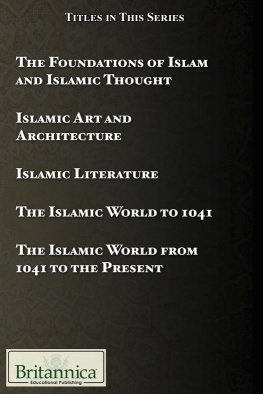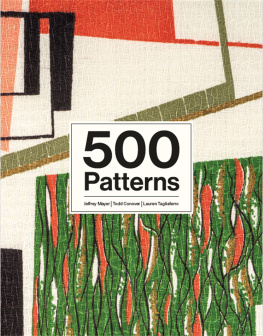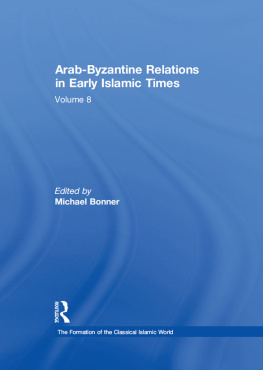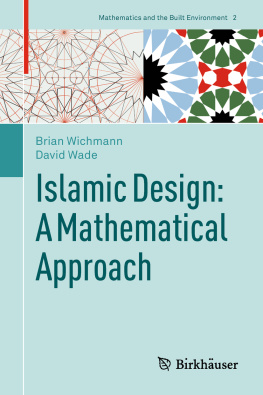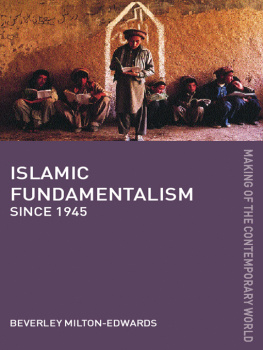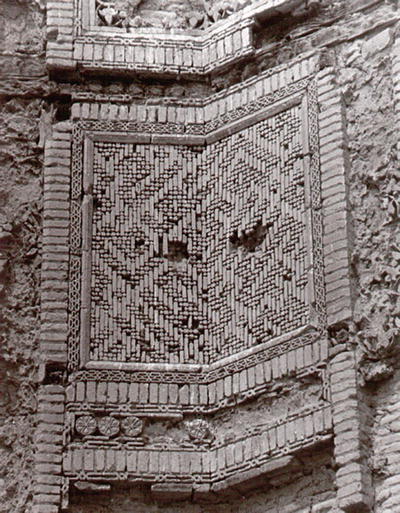Jay Bonner - Islamic Geometric Patterns: Their Historical Development and Traditional Methods of Construction
Here you can read online Jay Bonner - Islamic Geometric Patterns: Their Historical Development and Traditional Methods of Construction full text of the book (entire story) in english for free. Download pdf and epub, get meaning, cover and reviews about this ebook. year: 2017, publisher: Springer, genre: Science fiction. Description of the work, (preface) as well as reviews are available. Best literature library LitArk.com created for fans of good reading and offers a wide selection of genres:
Romance novel
Science fiction
Adventure
Detective
Science
History
Home and family
Prose
Art
Politics
Computer
Non-fiction
Religion
Business
Children
Humor
Choose a favorite category and find really read worthwhile books. Enjoy immersion in the world of imagination, feel the emotions of the characters or learn something new for yourself, make an fascinating discovery.
- Book:Islamic Geometric Patterns: Their Historical Development and Traditional Methods of Construction
- Author:
- Publisher:Springer
- Genre:
- Year:2017
- Rating:5 / 5
- Favourites:Add to favourites
- Your mark:
Islamic Geometric Patterns: Their Historical Development and Traditional Methods of Construction: summary, description and annotation
We offer to read an annotation, description, summary or preface (depends on what the author of the book "Islamic Geometric Patterns: Their Historical Development and Traditional Methods of Construction" wrote himself). If you haven't found the necessary information about the book — write in the comments, we will try to find it.
The main focus of this unique book is an in-depth examination of the polygonal technique; the primary method used by master artists of the past in creating Islamic geometric patterns. The author details the design methodology responsible for this all-but-lost art form and presents evidence for its use from the historical record, both of which are vital contributions to the understanding of this ornamental tradition. Additionally, the author examines the historical development of Islamic geometric patterns, the significance of geometric design within the broader context of Islamic ornament as a whole, the formative role that geometry plays throughout the Islamic ornamental arts (including calligraphy, the floral idiom, dome decoration, geometric patterns, and more), and the underexamined question of pattern classification.
Featuring over 600 beautiful color images, Islamic Geometric Patterns: Their HistoricalDevelopment and Traditional Methods of Con
struction is a valuable addition to the literature of Islamic art, architecture and geometric patterns. This book is ideal for students and scholars of geometry, the history of mathematics, and the history of Islamic art, architecture, and culture. In addition, artists, designers, craftspeople, and architects will all find this book an exceptionally informative and useful asset in their fields.
Jay Bonner is an architectural ornamentalist and unaffiliated scholar of Islamic geometric design. He received his MDes from the Royal College of Art in London (1983). He has contributed ornamental designs for many international architectural projects, including the expansion of both the al-Masjid al-Haram (Grand Mosque) in Mecca, and the al-Masjid an Nawabi (Prophets Mosque) in Medina, as well the Tomb of Sheikh Hujwiri in Lahore, and the Ismaili Centre in London to name but a few. He is committed to the revitalization of Islamic geometric design through the teaching of traditional methodological practices. To this end, in addition to publishing, Jay Bonner has lectured and taught design seminars at many universities and conferences in North America, Europe, North Africa and Asia.
Jay Bonner: author's other books
Who wrote Islamic Geometric Patterns: Their Historical Development and Traditional Methods of Construction? Find out the surname, the name of the author of the book and a list of all author's works by series.



